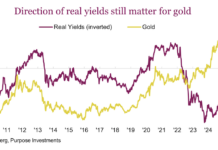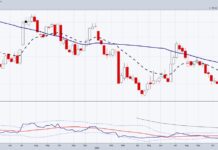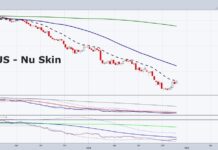Today, the Bureau of Labor Statistics indicated that the U.S. economy added 295,000 jobs in February. This beat the consensus estimate of 240,000 jobs and had market participants immediately stirring the strong economy vs rising rates debate. It’s a widely held (and felt) opinion that the U.S. economy is in an underwhelming growth cycle. The problem: so is the rest of the developed world. So once again the tallest midget rules the day. And as soon as the headline came out, so did the Fed rate hike fears.
Late last summer I penned a post into the release of Q2 GDP pointing out a couple of simple, yet important, questions regarding the current economic cycle, the Fed’s tool belt, and the chatter surrounding a Fed rate hike. It likely seemed pretty far out there at the time:
[T]hey don’t have much margin for economic error 5 years into this cycle, sitting on a zero rate policy… I would like to think that at some point the Fed wants/needs rates to be higher. Why? Because they need a cushion. When was the last time that we went into the latter half of an economic cycle with rates at 0.00% to 0.25%? Or into a recession already in a low rate environment? Ideally, central banks need levers to pull, if even for psychological purposes. And considering that The Fed blew all their stimulative bullets on the financial crisis, they are slowly (trying) to put some of them back in the chamber. BUT, will they get that opportunity?
Now this certainly wouldn’t be reason enough to raise rates, but it might assist in accomplishing two things: 1) separating the U.S. from the rest of the pack – a psychological booster per say and 2) put another psychological bullet back in the chamber. But perhaps there’s a bit too much psychology going on here.
So let’s look at some data points (with all their flaws) and hypothesize about why the markets are so consumed by Fed rate hike fears and/or the latest positive U.S. economic data. The headline unemployment rate dropped from 5.7% to 5.5%. And however unbelievable, perhaps QE has stretched this cycle (in time) and the economy is finally starting to make some headway (which could pave the way for a rate hike). Or, on the other hand, perhaps the latest numbers are indicative of a maturing labor market that is closing in on the end of a labor cycle.
Dana Lyons put out a nice chart study highlighting how the stock market has fared when unemployment hits a 6-Year Low.
ICYMI>ChOTD-3/6/15 Unemployment Hits 6-Year Low; Bad News For Stocks? $SPY $VALUG Post: https://t.co/AQKeAnU1Ij pic.twitter.com/StVQTw5c7T
— Dana Lyons (@JLyonsFundMgmt) March 6, 2015
The reality is that more and more developed (and developing) nations are relying on QE and currency devaluation to keep their economies afloat. Will the financial crisis and subsequent multiple rounds of easing extend the cycle? If not, note that we are nearly 6 years into this cycle and still sitting on a zero percent interest rate policy. Tick tock. Thanks for reading.
Follow Andy on Twitter: @andrewnyquist
No position in any of the mentioned securities at the time of publication. Any opinions expressed herein are solely those of the author, and do not in any way represent the views or opinions of any other person or entity.








